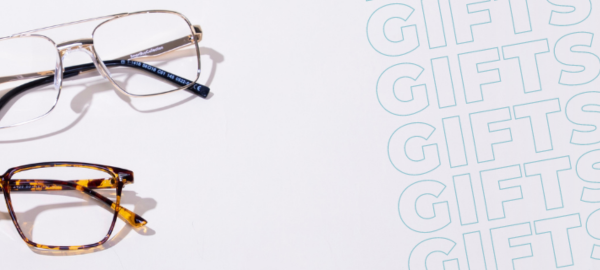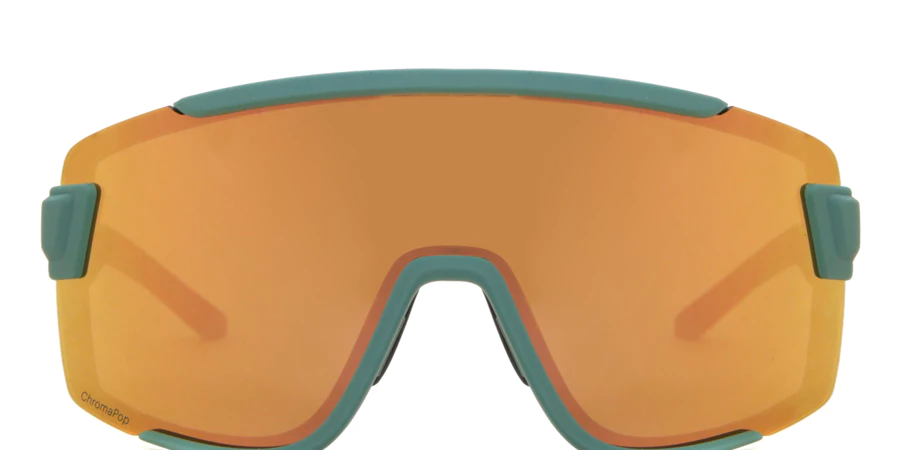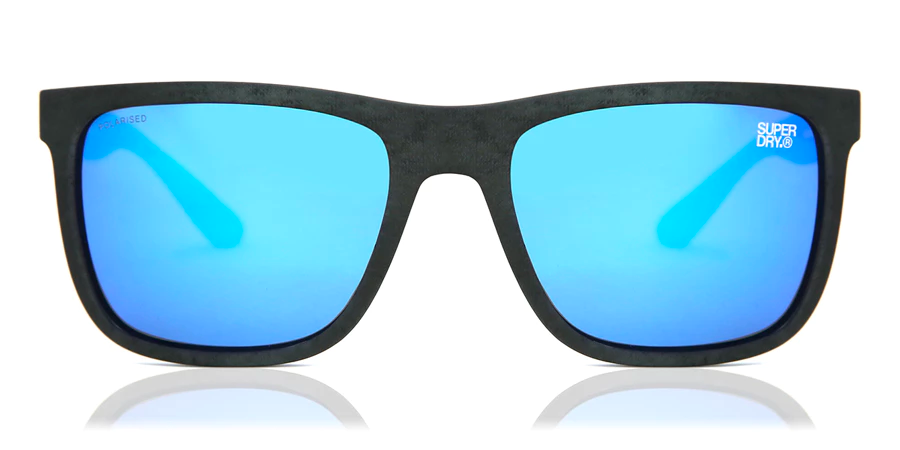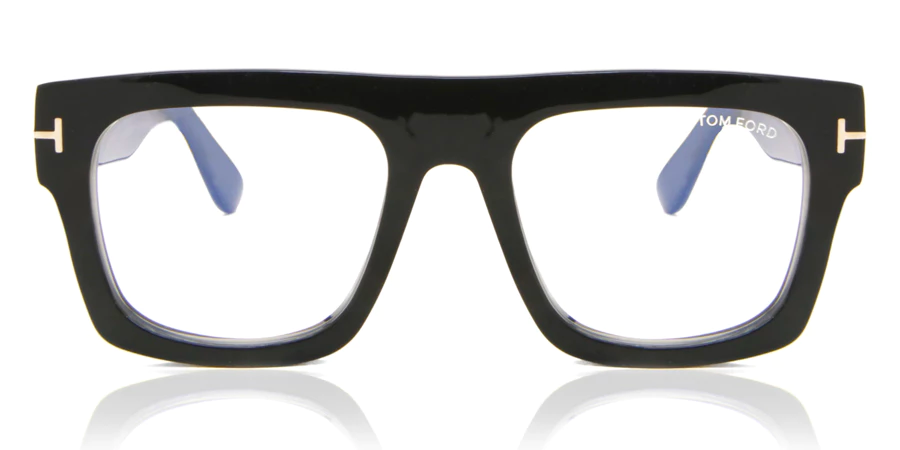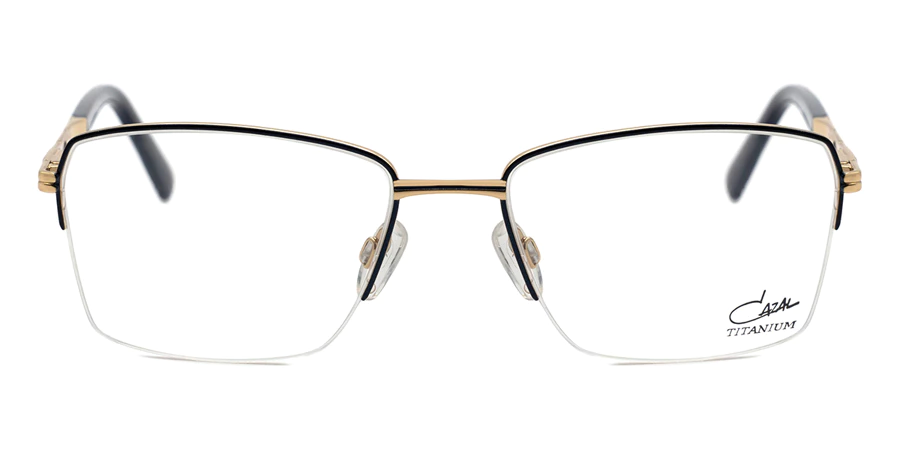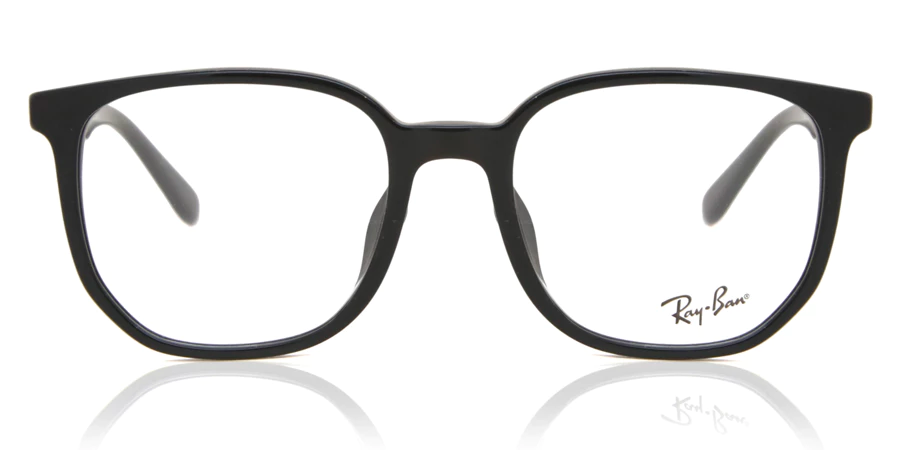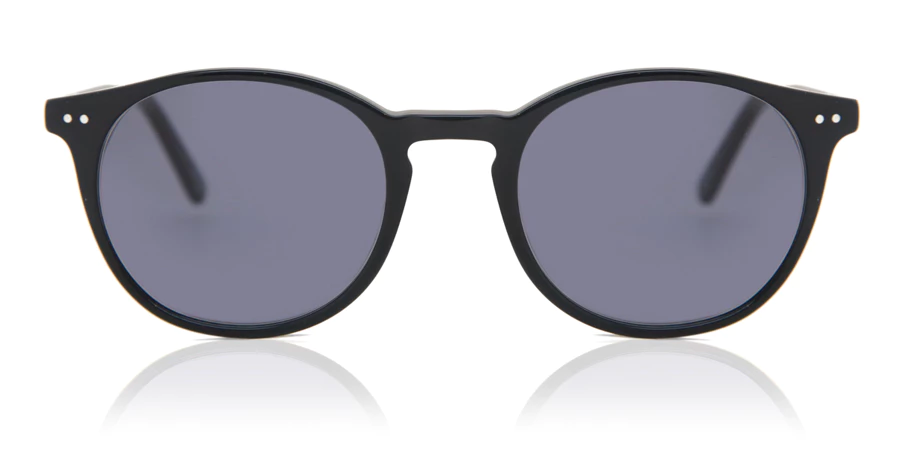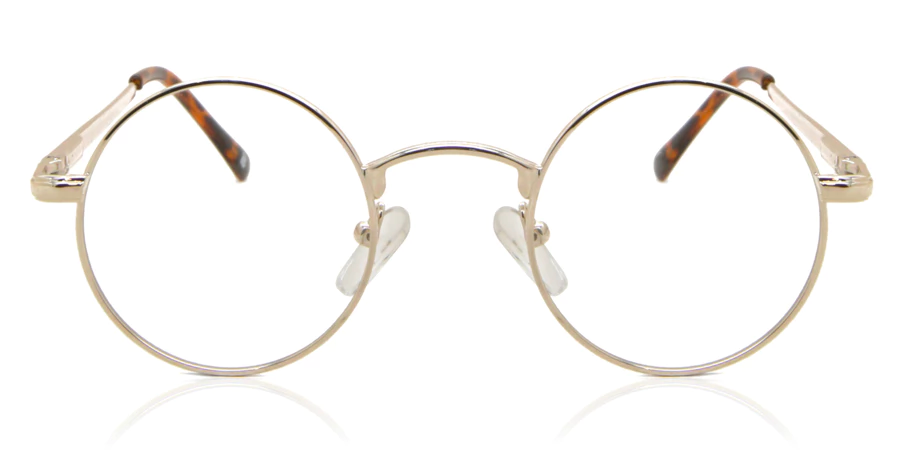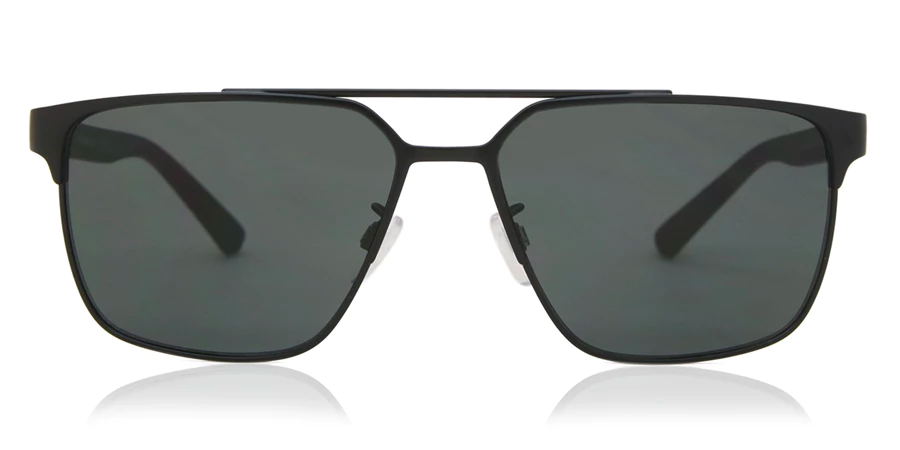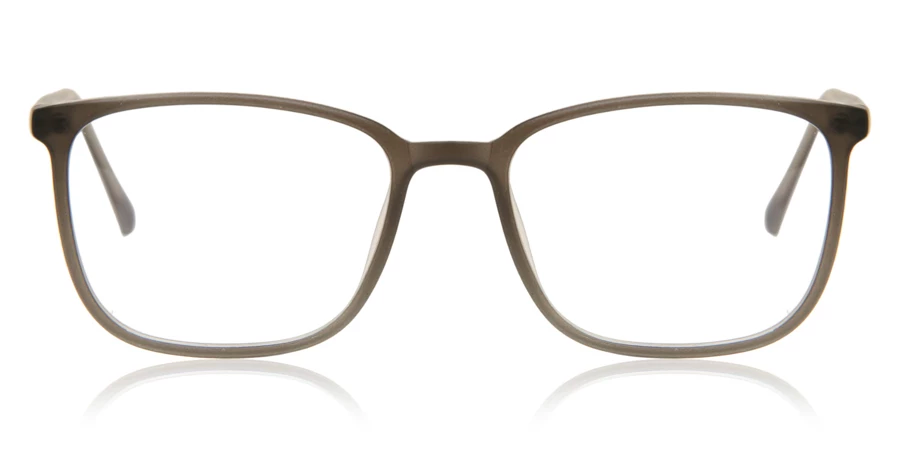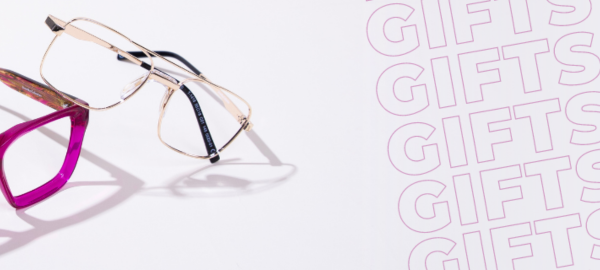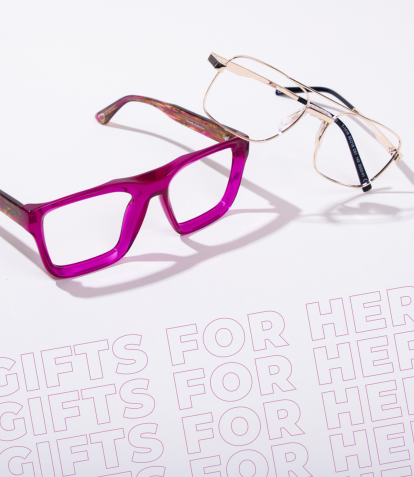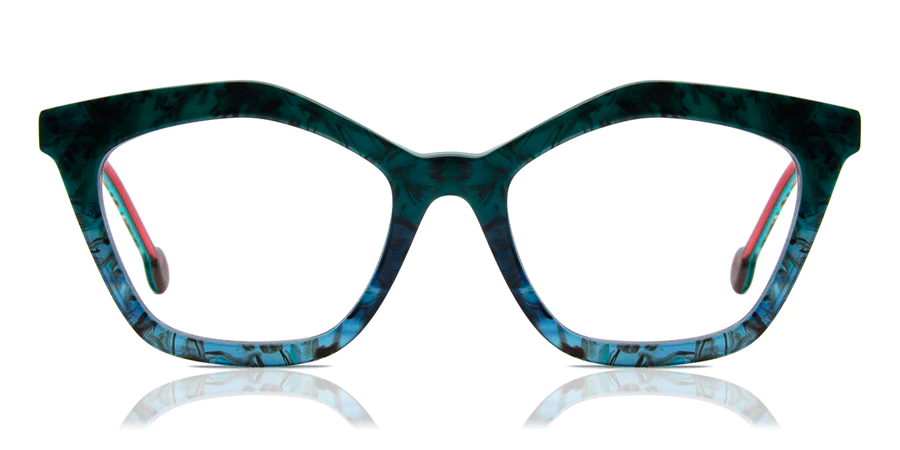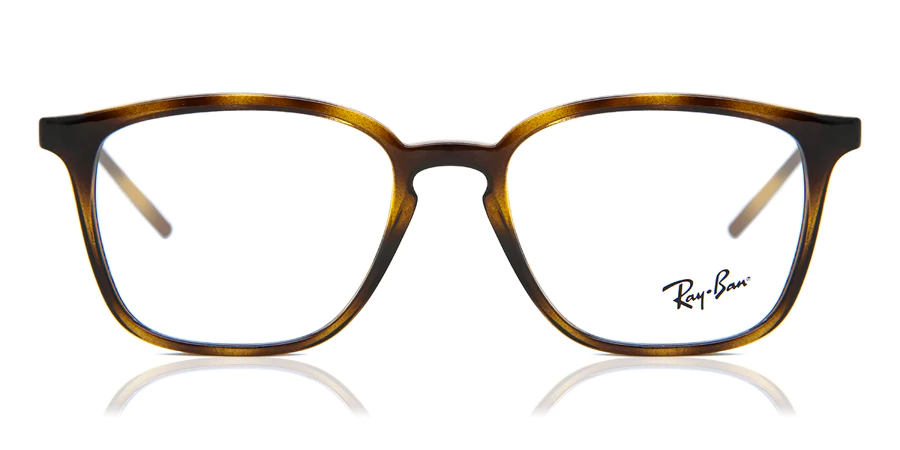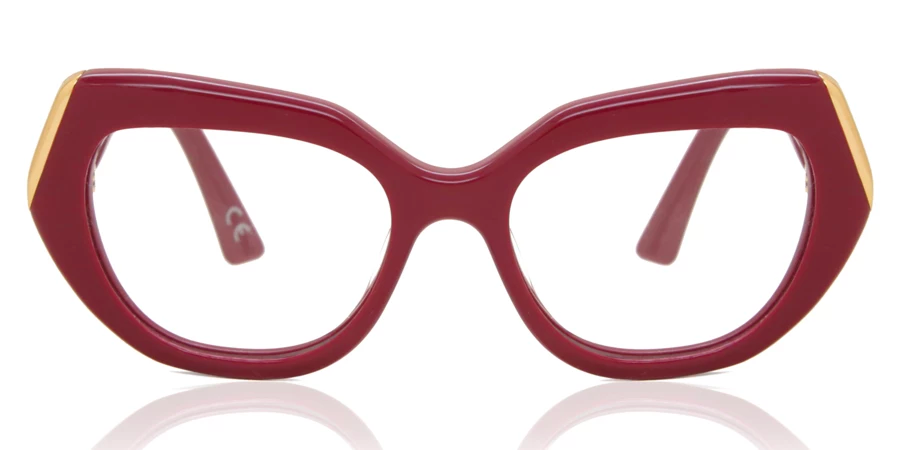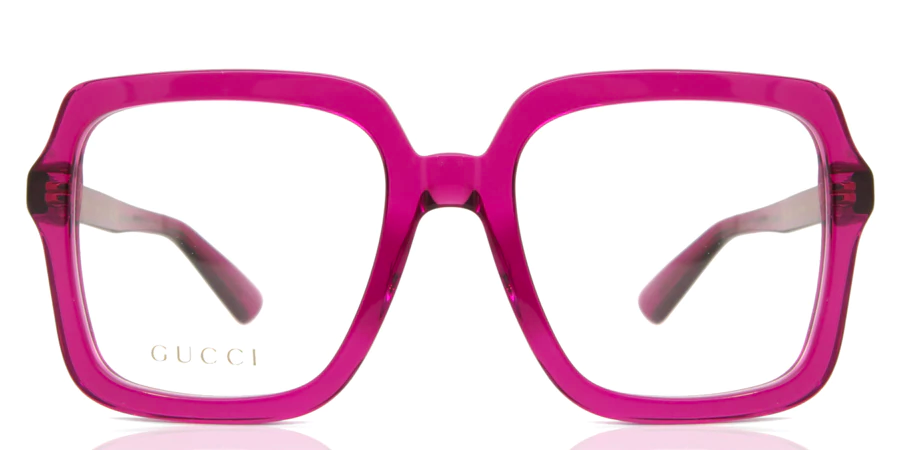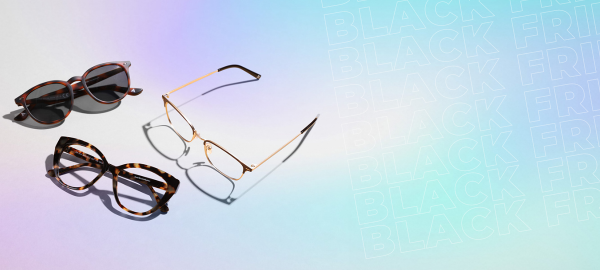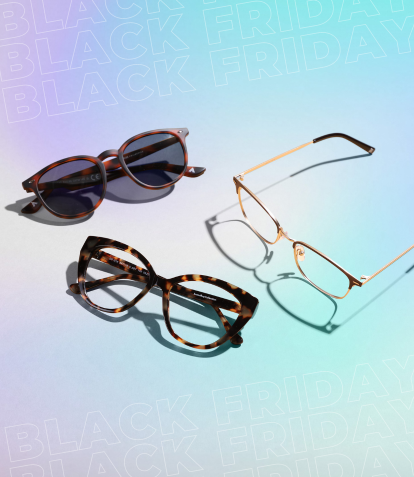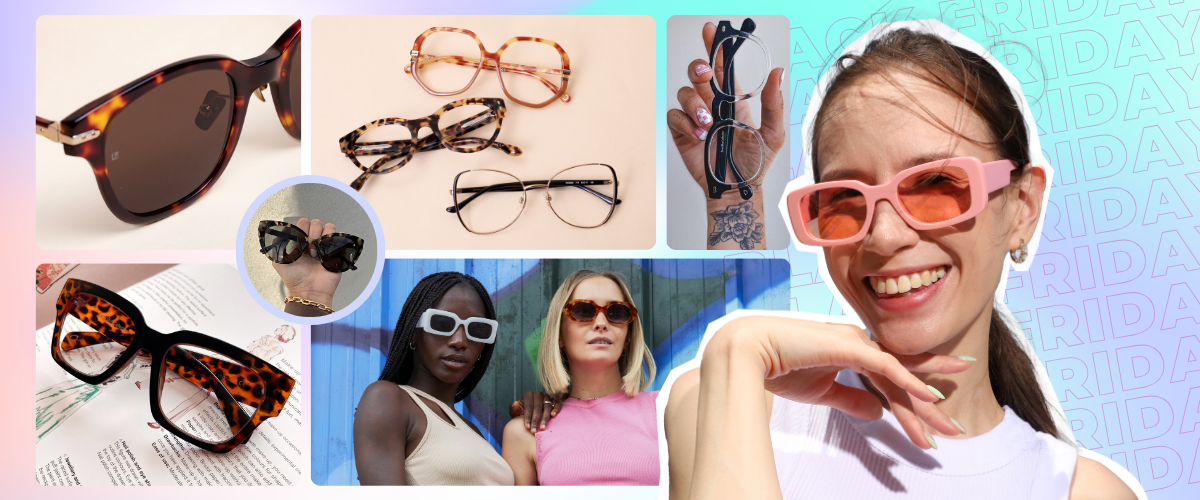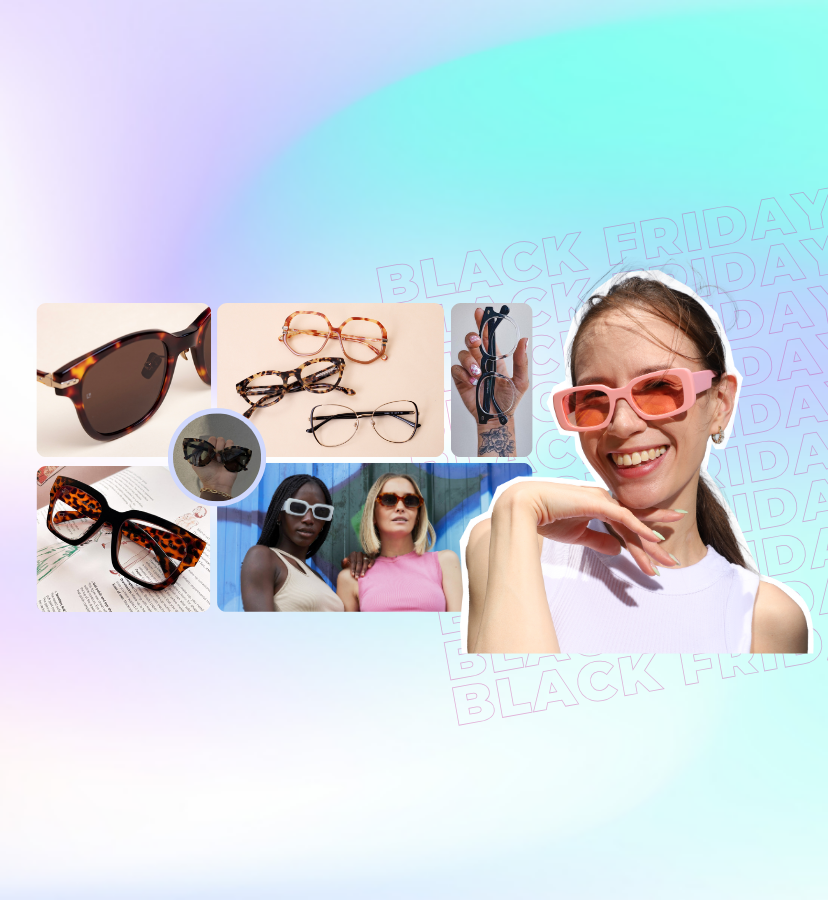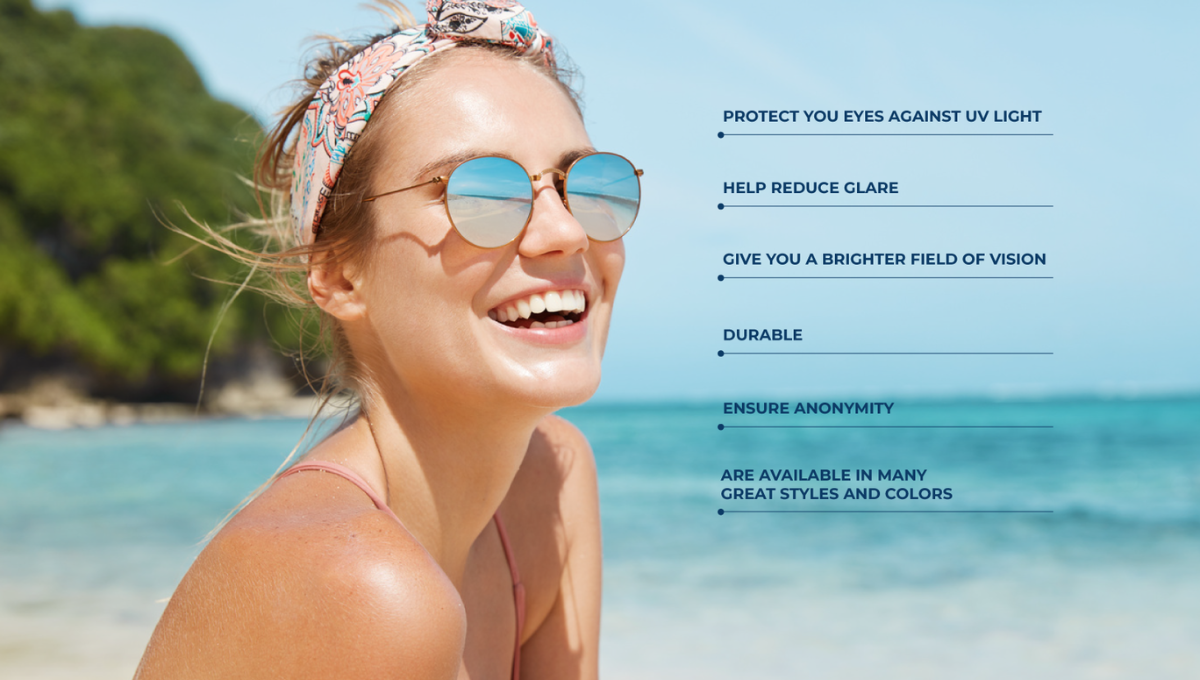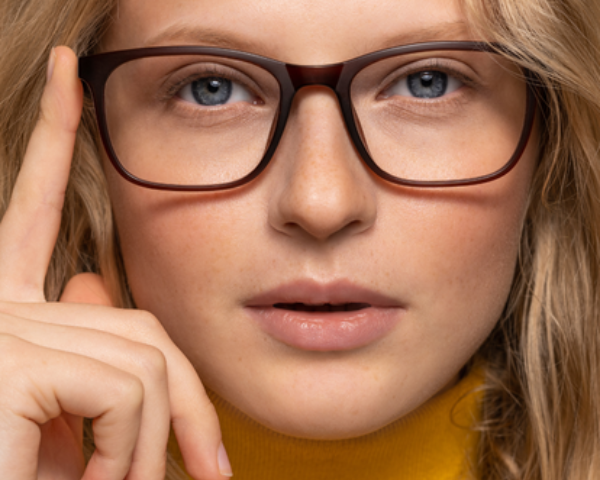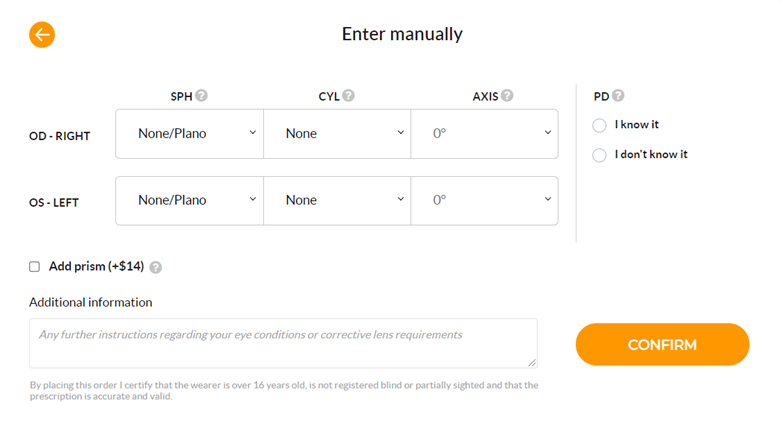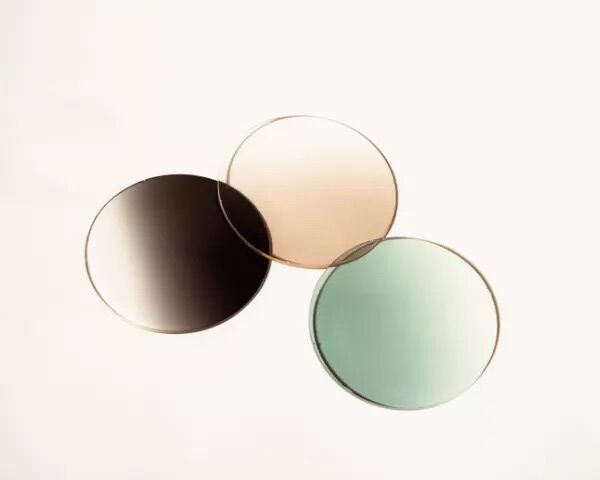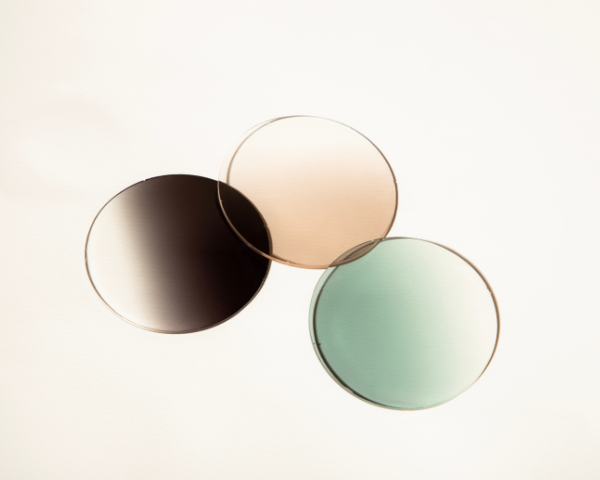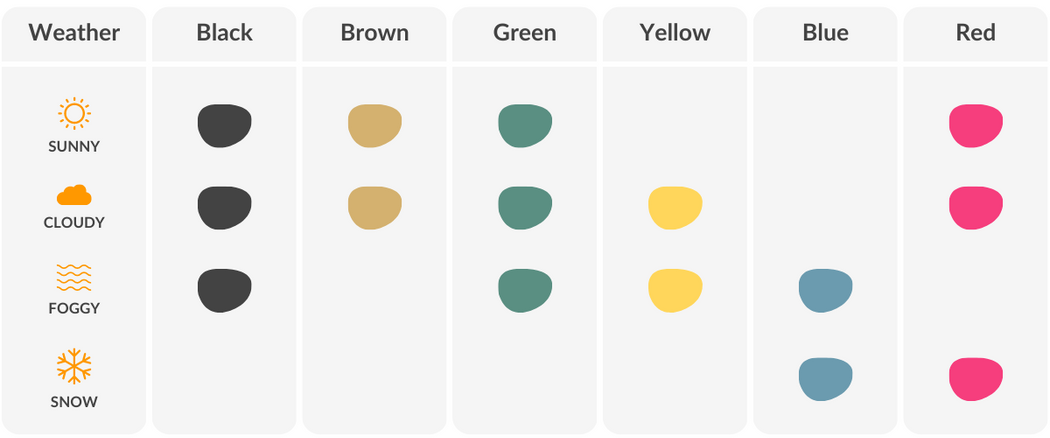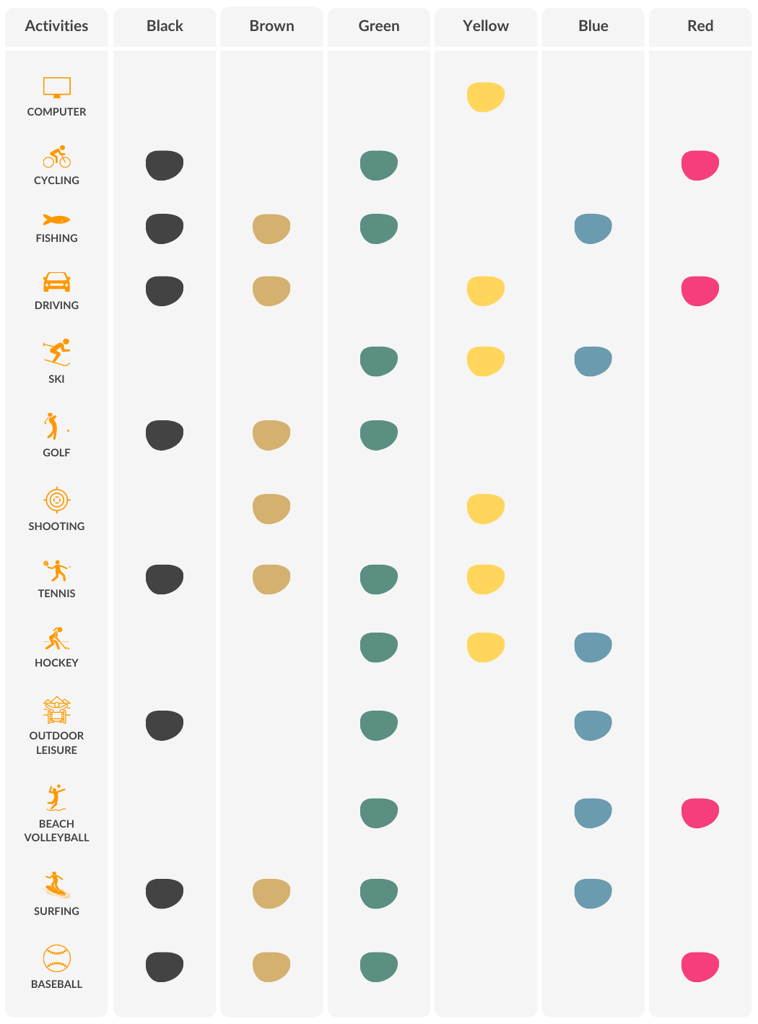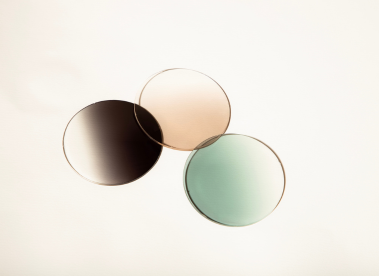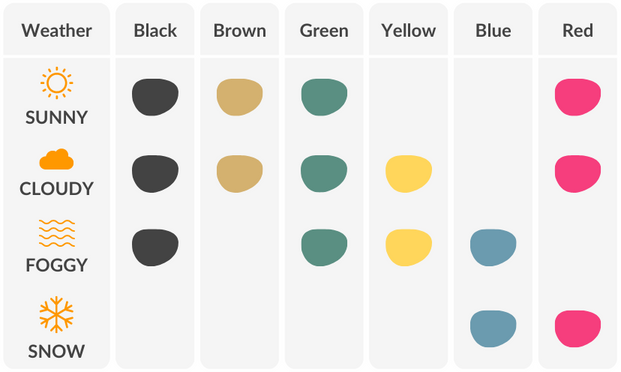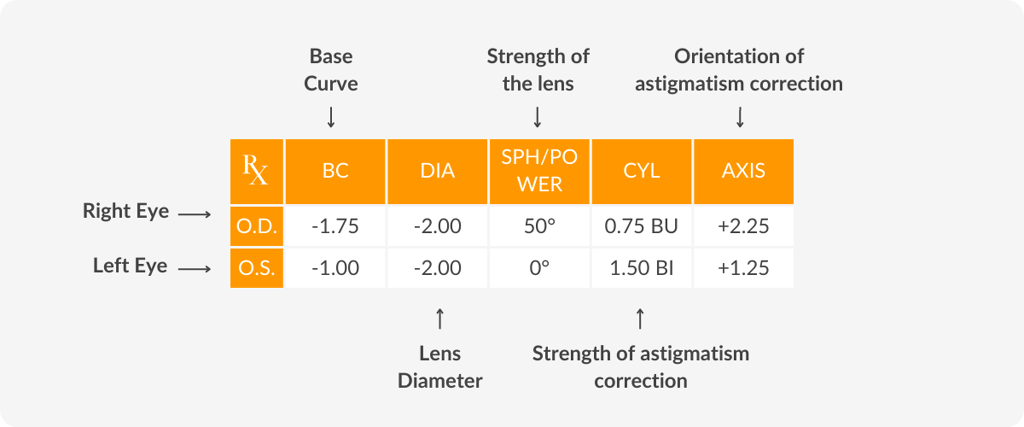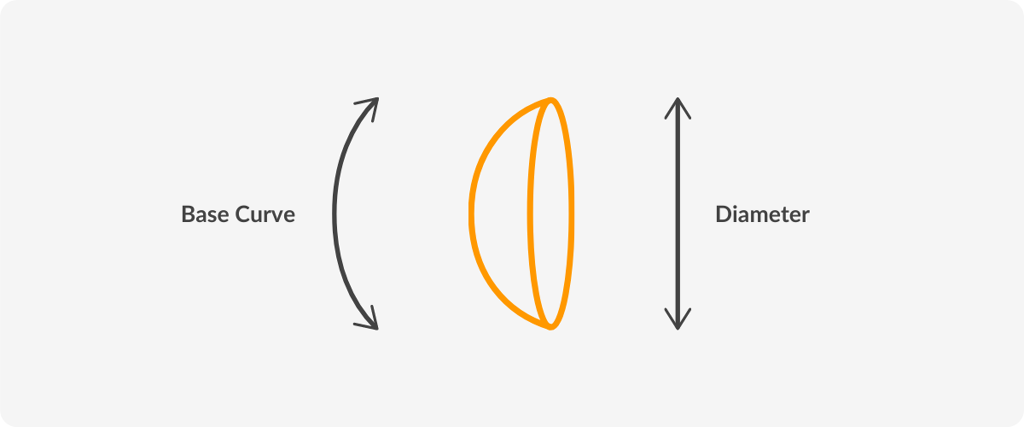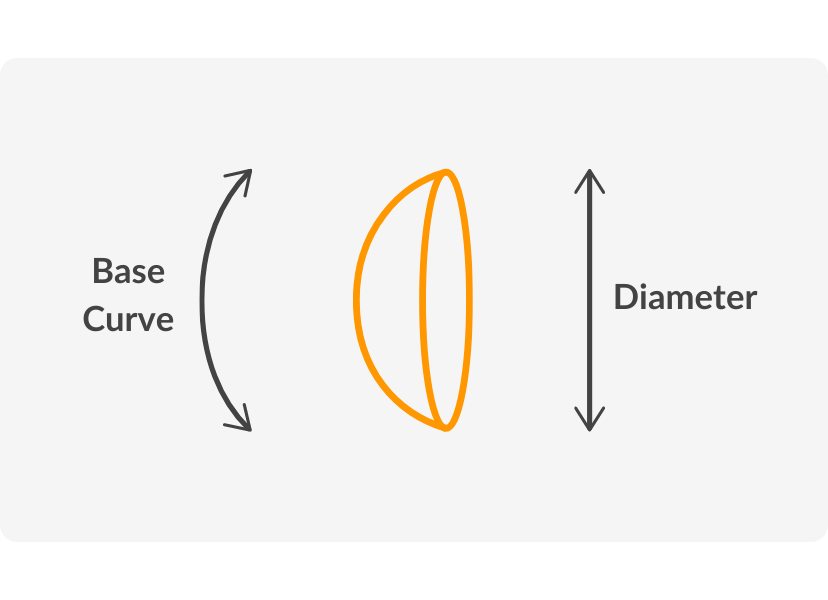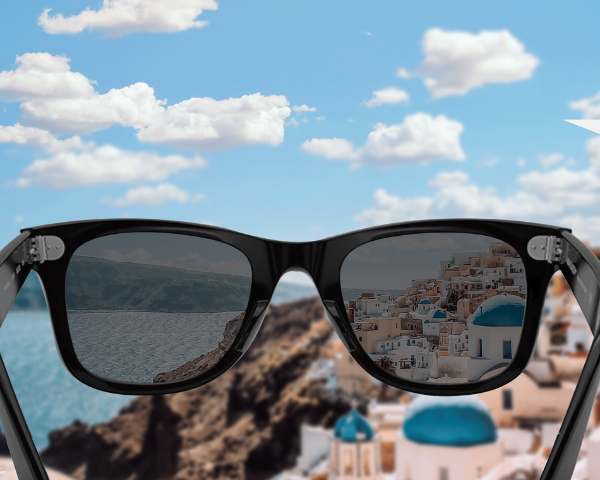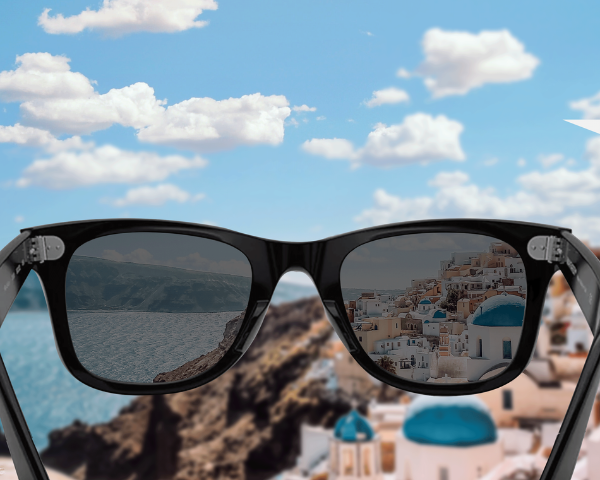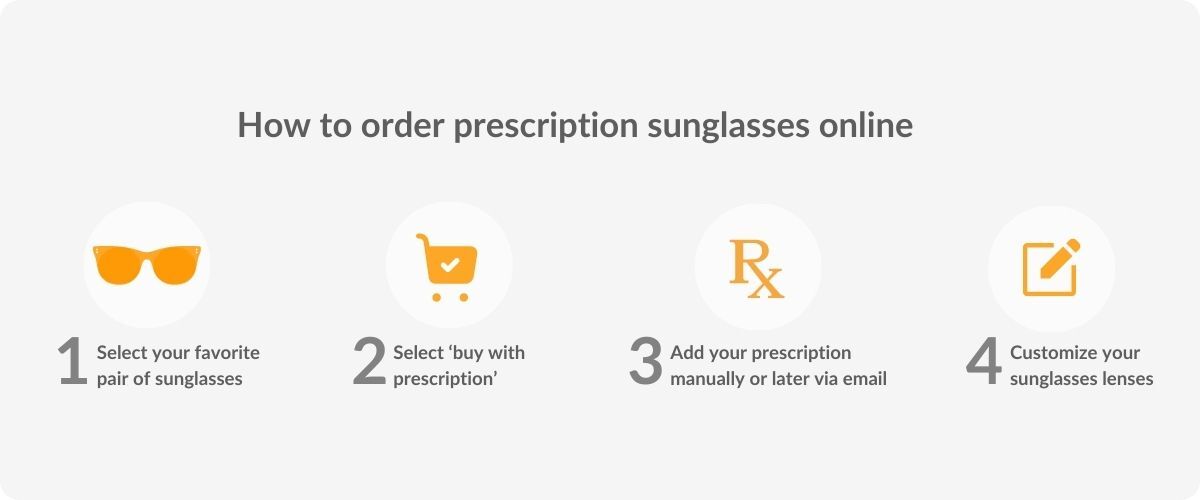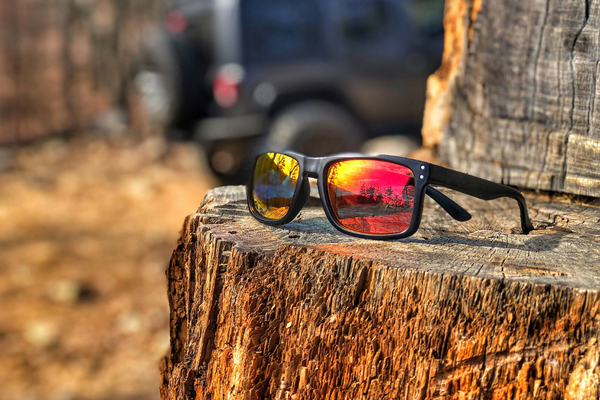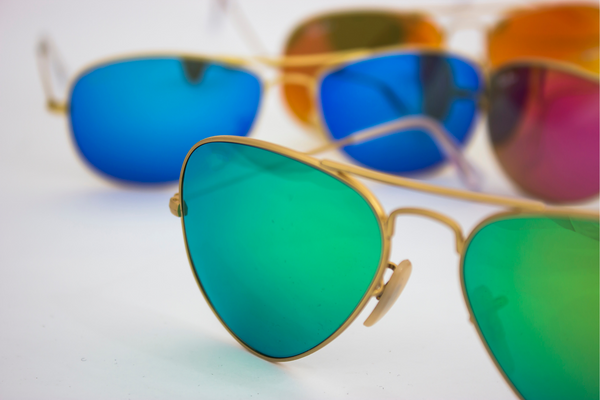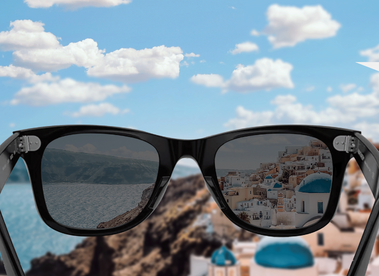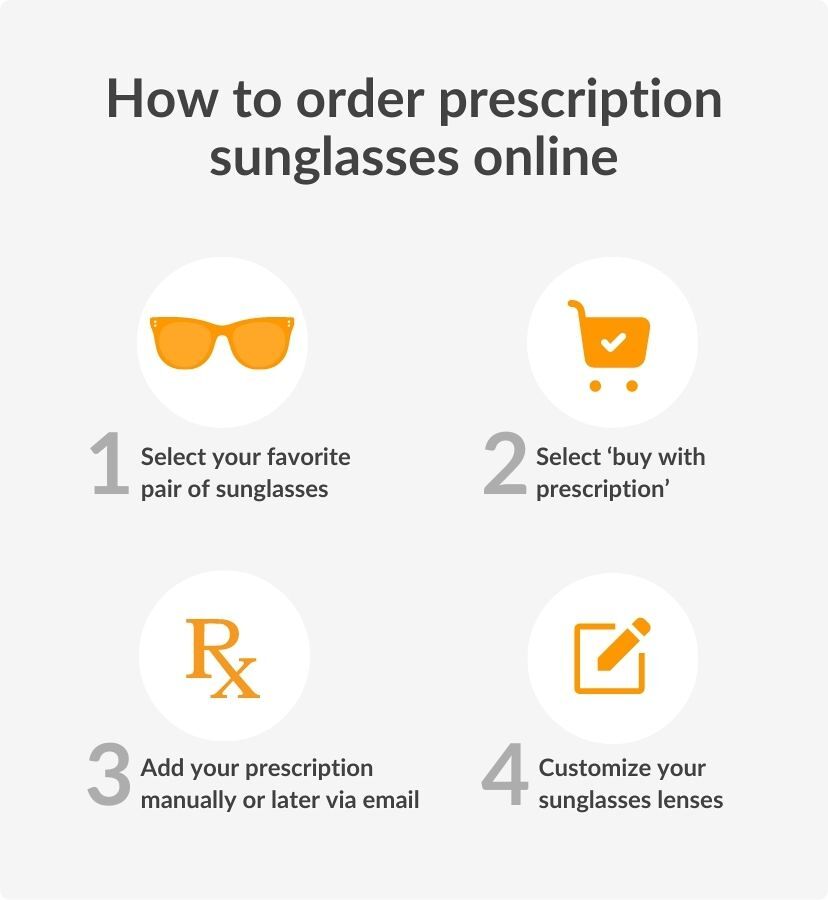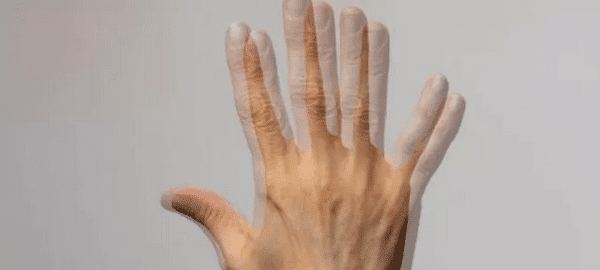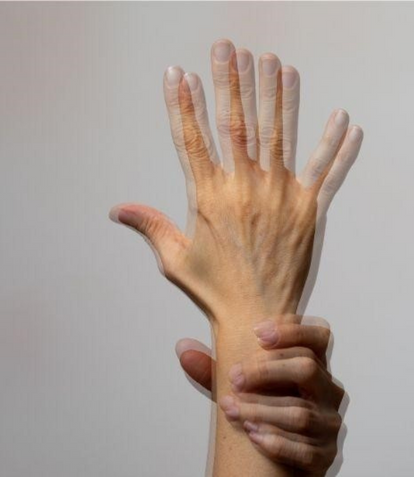
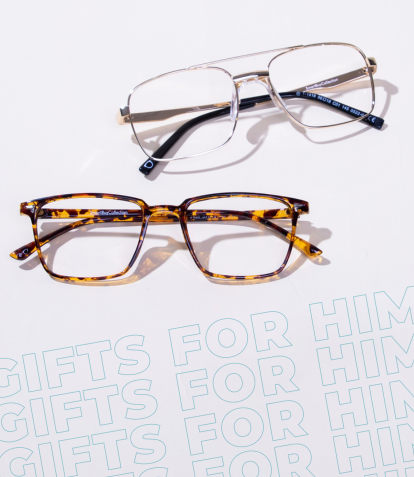
10 Frames for All the Men on Your List
The holiday season is upon us, and it’s the perfect time to show the men in your life just how much you appreciate them. Whether you’re shopping for your father, brother, husband, partner or best friend, finding the ideal gift that combines practicality, style and a dash of uniqueness can be a rewarding challenge.
To make your holiday shopping experience a breeze, we’ve curated a handpicked selection of frames that will delight and inspire. From the adventurer who seeks thrilling experiences to the refined gentleman with a taste for the finer things in life, this gift guide is your one-stop destination for finding the perfect presents to light up their holidays.
Give the gift of eyewear
In the grand spectacle of gift-giving, eyewear is a timeless and practical choice. It’s not just about framing the face; it’s about framing moments, memories and style. A well-chosen pair of frames can transform not just the way he sees the world, but how the world sees him.
And when it comes to keeping your sanity while holiday shopping, we’re here to help. It’s easy to find the perfect pair, the hard part is convincing yourself to gift them away. But this season, don’t forget to gift yourself. Wishing you a holiday season as festive as your new frames – filled with style, charm and the joy of giving. Happy holidays!
10 Frames
for All the Men
On Your List
The holiday season is upon us, and it’s the perfect time to show the men in your life just how much you appreciate them.
Whether you’re shopping for your father, brother, husband, partner or best friend, finding the ideal gift that combines practicality, style and a dash of uniqueness can be a rewarding challenge.
To make your holiday shopping experience a breeze, we’ve curated a handpicked selection of frames that will delight and inspire.
From the adventurer who seeks thrilling experiences to the refined gentleman with a taste for the finer things in life, this gift guide is your one-stop destination for finding the perfect presents to light up their holidays.
Give the gift of eyewear
In the grand spectacle of gift-giving, eyewear is a timeless and practical choice.
It’s not just about framing the face; it’s about framing moments, memories and style.
A well-chosen pair of frames can transform not just the way he sees the world, but how the world sees him.
And when it comes to keeping your sanity while holiday shopping, we’re here to help.
It’s easy to find the perfect pair, the hard part is convincing yourself to gift them away. But this season, don’t forget to gift yourself.
Wishing you a holiday season as festive as your new frames – filled with style, charm and the joy of giving. Happy holidays!





































